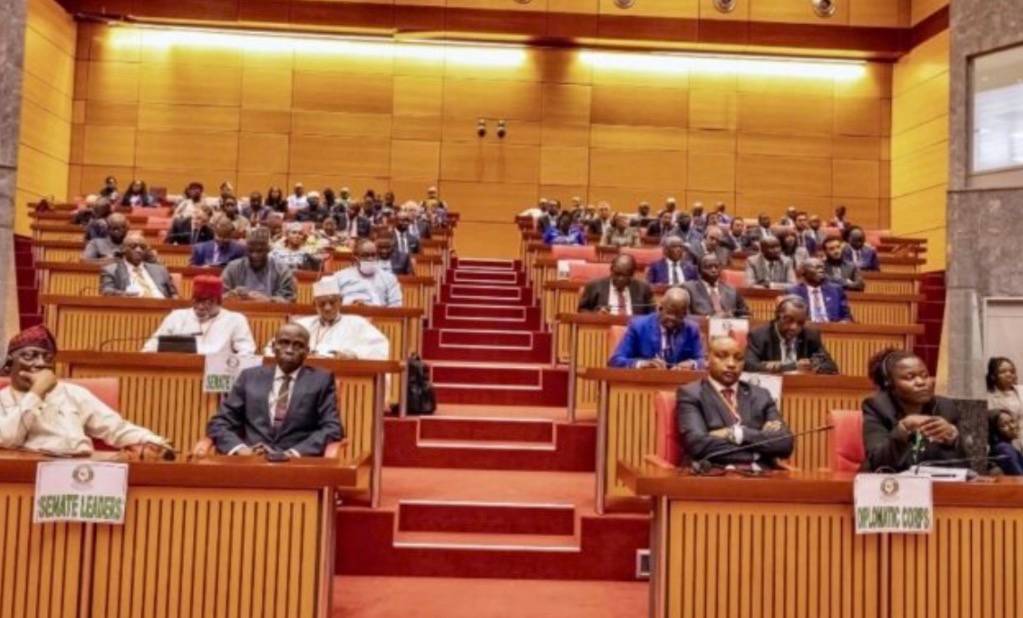The year 2023 marks a historic turning point for Asia’s demography: For the first time in the modern era, India is projected to surpass China as the most populous country.
While the South Asian nation’s growing and youthful population spells opportunities for development, it also creates layers of challenges, from poverty reduction to education. Experts say soaring demand for food could affect India’s trade with other countries, while the World Bank recently estimated that India will need to invest $840 billion into urban infrastructure over the next 15 years to support its swelling citizenry.
“This is likely to put additional pressure on the already stretched urban infrastructure and services of Indian cities — with more demand for clean drinking water, reliable power supply, efficient and safe road transport amongst others,” the bank’s report said.
India’s dilemmas are only part of a complex and diverging Asian population picture — split between young, growing countries and aging, declining ones. Humanity’s latest milestone turns a spotlight on this gap and the problems on both sides of it.
The United Nations, whose population estimates date back to 1950, announced on Nov. 15 that the global population had likely hit the 8 billion mark. It had crossed 7 billion only 11 years earlier.
Asia is home to more than half of the 8 billion.
Besides China (1.426 billion) and India (1.417 billion), five other Asian countries had over 100 million people as of 2022, the U.N. figures show. Indonesia had 276 million, Pakistan’s population was at 236 million, Bangladesh counted 171 million, Japan had 124 million and the Philippines had 116 million. Vietnam, with 98 million, is expected to join the club soon.
Reaching a world of 8 billion people signals significant improvements in public health that have increased life expectancy, the U.N. said. But it also pointed out, “The world is more demographically diverse than ever before, with countries facing starkly different population trends ranging from growth to decline.”
Nowhere is this more apparent than in Asia. The region has young countries with a median age in the 20s, such as India (27.9 years old), Pakistan (20.4) and the Philippines (24.7), as well as old economies with median ages in the 40s, including Japan (48.7) and South Korea (43.9). The gap between the young and the old has gradually widened over the past decades.
While India faces a lack of jobs and infrastructure to support its growing population, Japan faces a serious reduction in births, accelerated by the COVID-19 pandemic, which its government says is a “critical situation.” Either way, the population trends are increasingly impacting economies and societies.
According to the U.N.’s projections, India’s population will increase by about 11 million from 2022 to 2023, to 1.43 billion. With 17% of the global population but only 2.4% of its land area and 4% of water resources, the country has both opportunities and challenges in front of it. The Indian government says the country has a demographic window of opportunity, a “youth bulge.”
“As India experiences demographic shift, along with changing social dynamics and technological advances, the youth population will contribute significantly in realizing the country’s economic potential,” the government’s Youth in India 2022 report says.
“However,” it adds, “youth come across various development challenges [such as] access to education, gainful employment, gender inequality, child marriage, youth-friendly health services and adolescent pregnancy.”
Even though economists expect India’s gross domestic product to grow around 7% in 2023 — the highest among major economies — and although the worst of the COVID-19 pandemic appears to be over, India continues to face high unemployment rates of around 8%, according to the Center for Monitoring Indian Economy, a local private researcher. That shows the country is not creating enough jobs to support the growing population.
“More people are being supplied to the labor market than the volume of jobs created,” Shotaro Kumagai, an economist at the Japan Research Institute, told Nikkei Asia. “India’s working-age population (15 to 64 years old) is increasing at a rate of more than 10 million per year, and the environment for these people to lead a decent life has not yet been developed to that extent.”
Kumagai also said that India’s growing demand for food could be felt beyond its borders.
“The challenge for India concerning food is that the production of agricultural products is easily affected by the weather,” he said. “On the other hand, domestic demand is increasing rapidly. As such, when production is low, domestic supply is prioritized, which eventually may lead to restrictions on exports, just as India restricted wheat exports in 2022, which could cause food problems in other countries as well.”
Meanwhile, Asia’s most rapidly aging society, Japan, faces completely different problems, such as rural depopulation and decay.
There were about 3.49 million abandoned houses in 2018, nearly doubling over a span of 20 years, according to Japan’s Ministry of Land, Infrastructure, Transport and Tourism. The ministry says such homes could degrade landscapes and scenery, undermine their areas’ ability to prevent disasters and crime, and cause fires and illegal garbage dumping.
The latest government statistics show new births in Japan, excluding foreign nationals, likely fell below 800,000 for the first time on record in 2022. This is a much faster pace of decline than the country had anticipated. According to the population projections made in 2017 by Japan’s National Institute of Population and Social Security Research, annual births would not drop below 800,000 until 2030.
“We recognize that there is a complex combination of various factors that hinder individuals from realizing their aspirations for marriage, childbirth and child rearing,” Chief Cabinet Secretary Hirokazu Matsuno told reporters in November, vowing that the government would come up with measures to change that for both men and women.
Developed economies such as Japan and South Korea were already facing declining births when COVID-19 hit, delaying marriages and prompting some couples to put off having kids. U.N. fertility data bears this out: The total fertility rate in East Asia — which includes Japan, South Korea, China and others — significantly dropped to 1.17 in 2021 from 1.46 in 2019. The U.N. projects a slight and gradual rebound in the region’s fertility in the future, reaching 1.28 in 2030, based on recoveries in some advanced economies in the past. “A long-term assumption of a fertility increase in low-fertility countries is supported by the experience of many countries in Europe and East Asia,” it explains.
Nevertheless, China’s graying population is reaching a plateau and is expected to start to shrink before 2025, according to state media. Likewise, populations are rapidly aging in some Southeast Asian countries, including Singapore and Thailand. This is just a sign of things to come.
In the longer term, overall the population growth is expected to slow globally over decades. According to the current U.N. projections, the world population will add its next billion to reach 9 billion in 2037 — longer than the period between 7 billion and 8 billion — before peaking at about 10.4 billion in 2086.
Even in India, its latest family health survey, conducted from 2019 to 2021, showed the total fertility rate in the country had declined to two children per woman, from 2.2 during the previous survey in 2015 and 2016, signaling that the population is stabilizing.
This underscores that India only has a limited time to capitalize on its youth.
“Currently, we have a ‘demographic dividend,’ or a large working-age population, but this situation is beneficial only when there is a [corresponding] rise in employment, which is not happening,” said V. Upadhyay, adjunct professor of economics at the Indian Institute of Technology Delhi. Eventually, the number of young people will start to fall, while the average life expectancy should rise from around 70 now.
“The issue of aging would become one of the main challenges [for India] to address, and the government would need to bring in new policies to ensure that the elderly get pensions and are able to meet their medical expenses,” Upadhyay said.
Asia has been the world’s population growth center for decades, but ultimately, time catches up with us all. As the region braces for future demographic challenges, Kumagai of the Japan Research Institute noted that the international community can work together to address growing needs of food and energy, while countries could do more to pool their knowledge.
“For example, Japan has established a long-term care insurance system to prepare for the aging society. I think there is a possibility to cooperate with other Asian countries with declining birthrates and aging populations in designing [social security] systems on an intergovernmental level,” he said.
He also suggested that Asian countries can exchange opinions and information on what kind of population initiatives have failed and how they could be improved by sharing examples, at both the government and business level.
When the estimated world population reached 8 billion in November, the U.N. released a short video explaining the significance. “The world reaching 8 billion is not a catastrophe. In fact, it’s a grand success globally. More people are surviving, life expectancy has increased across the world, health care has improved, and more people are thriving.”
However, the U.N. warned, “It would be a catastrophe if governments can’t prepare for what’s coming in the next few decades.”
Culled from Asia Nikkei











